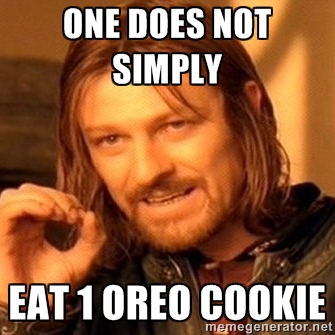Most small businesses, especially those that have been around before the social media era, rely heavily on newspaper ads, their static website, and word of mouth to get customers. These same small businesses have created Facebook pages for their companies, but stopped posting after a month or two when they didn’t see growth in followers and or customers coming from social media. Now with the Millennials becoming the second largest consumer group in the United States, those unattended Facebook pages could prove to be detrimental to small businesses’ marketing efforts.
When searching for small businesses in the local area, their websites are usually the first or second link on the first page of Google. Beneath the website is a link to the business’ Facebook page. On a side note, which I’ll discuss later, Facebook is an amazing tool because if you’re a small business owner, you didn’t pay for SEO. In this day and age, consumers will take a look at businesses’ social media pages because they offer more information about the company besides the website’s “About us” and “Home” pages. A Facebook page that includes pictures and recent posts, showing to potential customers that your company is still in business, could very well be what persuades customers to visit your store or choose you if your company is serviced based.
Since small businesses rarely update their websites, Facebook pages are the most cost effective tool as campaigns and boosting posts to get “Likes” and expand the overall reach of content posted, which in turn gives the owner or social media marketing manager the ability to update their customers in real time. Facebook’s pages are a game changer for many reasons as web traffic can be generated, instant messaging which allows customers to get in direct contact with the small business without having to call or visit a physical location to get answers, and potential to see large growth in a very short period of time if your market correctly.
Combining these key points, along with Facebook’s free SEO that puts small businesses’ pages directly beneath their website’s link on Google, should definitely be enough to make small business owners have a sense of urgency to start effectively using and marketing on social media. Use that to your advantage, because when I see small businesses have a Yelp page, but not a Facebook page that is constantly updated, you’re giving bad reviewers credibility and legitimacy as the lack of content and engagement on your Facebook page will give credence to their words.
We now live in a time where customers judge a business by how may followers and likes they have, and how often they post rather than reputation. Without content, consistent ads, and boost posts you’re actually hurting your business in the long run. Yes, word of mouth and newspaper ads can be effective, but there’s a large percentage of potential customers you aren’t reaching, and at the end of the day, that will make the difference between whether your sales remain the same, or grow.









